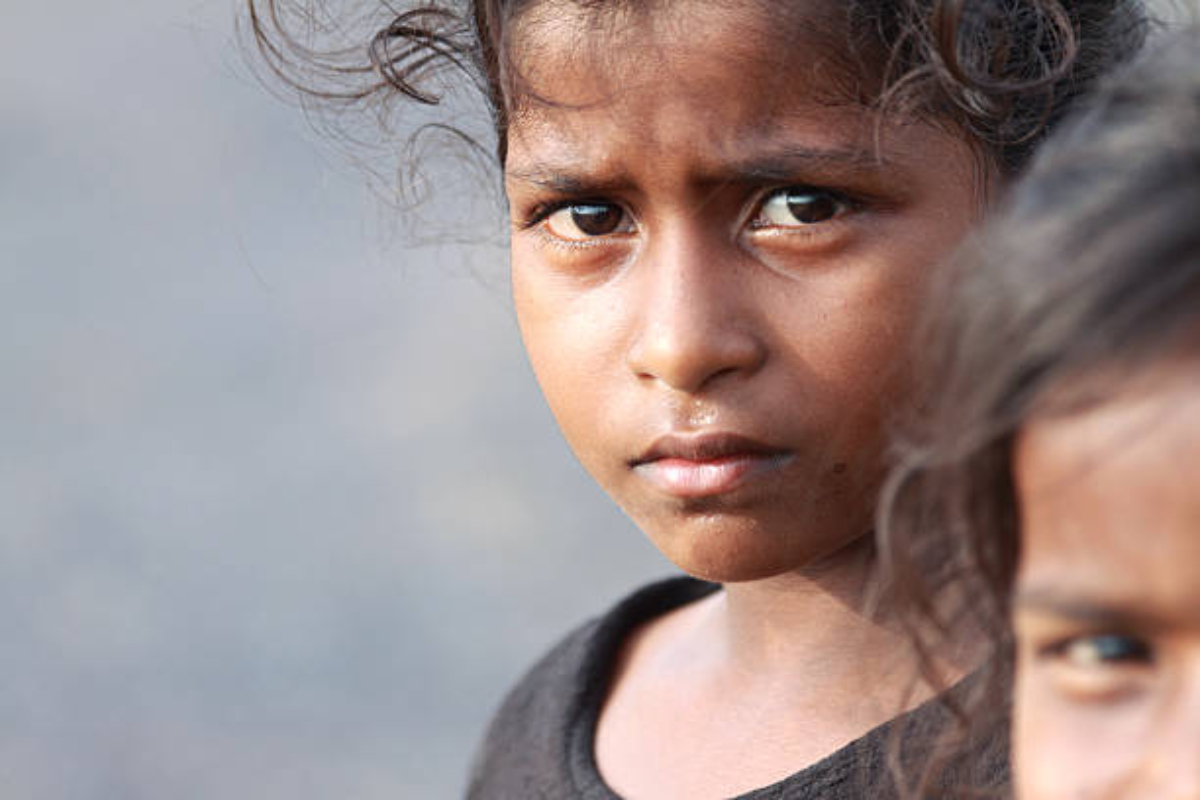GDP Growth
India’s economic trajectory, as outlined by Finance Minister Nirmala Sitharaman, paints a picture of resilience and potential amidst global uncertainties.
Overall, Unicef estimates that 640 million girls and women living today were married off before they turned 18. Post the Covid-19 pandemic, when poor families were driven to destitution, young girls were married off by many families to reduce their burdens. Indeed, poverty has been identified as a major factor responsible for such marriages, while the other is the impact of climate change.

[Representational Photo : iStock]
That the incidence of child marriage around the world has reduced is welcome news, but its impact is immediately reduced by the announcement, made by the United Nations Children’s Fund, that we are still very far away from eradicating this abhorrent social practice.
Unicef in a report released this week has estimated that far from ridding the world of child marriages by 2030, one of the UN’s sustainable development goals, it will take us 300 years to do so if the rate of progress does not improve. In the past decade, the incidence of child marriages worldwide has dropped from 23 to 19 per cent, but the fact that 12 million under-aged girls are compelled to enter marriage every year even now must be a cause for great concern.
Overall, Unicef estimates that 640 million girls and women living today were married off before they turned 18. Post the Covid-19 pandemic, when poor families were driven to destitution, young girls were married off by many families to reduce their burdens. Indeed, poverty has been identified as a major factor responsible for such marriages, while the other is the impact of climate change. The lead author of the report, Claudia Cappa, a Senior Adviser to Unicef, has said: “Health crises, conflict and natural disasters increase the risk to girls as they interrupt their education and add financial stress to households.
Advertisement
Some families in these difficult situations falsely view [marriage] as a way to protect their girls financially, socially and physically.” Other factors that contribute to such marriages are gender inequalities, stereotyping, weak laws and fear of pregnancies, she says. But the situation is not hopeless. South Asia, which is home to a little less than half of those married before they turned 18, has shown significant progress, with India leading the way. Successful initiatives such as the Naubat Baja project in Rajasthan have reported significant outcomes, but overall states such as Bihar, West Bengal, Rajasthan, Jharkhand, Uttar Pradesh, Madhya Pradesh and Andhra Pradesh have a lot of catching up to do. India recorded a decline in rates of child marriage from 47.4 per cent in 2005 to 23.3 per cent in 2021.
But this is still above the global average, suggesting that much still needs to be done. The situation though is not so rosy elsewhere, especially in sub-Saharan Africa where some of the highest rates continue to be recorded with one of three girls being married off before they turn 18. This region, according to Unicef, faces a peculiar challenge in that, as Ms Cappa points out, “in addition to conflict, climate shocks and Covid, it’s seeing its population grow faster than anywhere else in the world, outpacing its progress to end child marriage.” The fate of one half of humanity is at risk, and the world owes it to its girls to ensure they are able to lead normal lives. But the attention of the world’s leaders seems to be elsewhere, on conflict, strife and power games
Advertisement